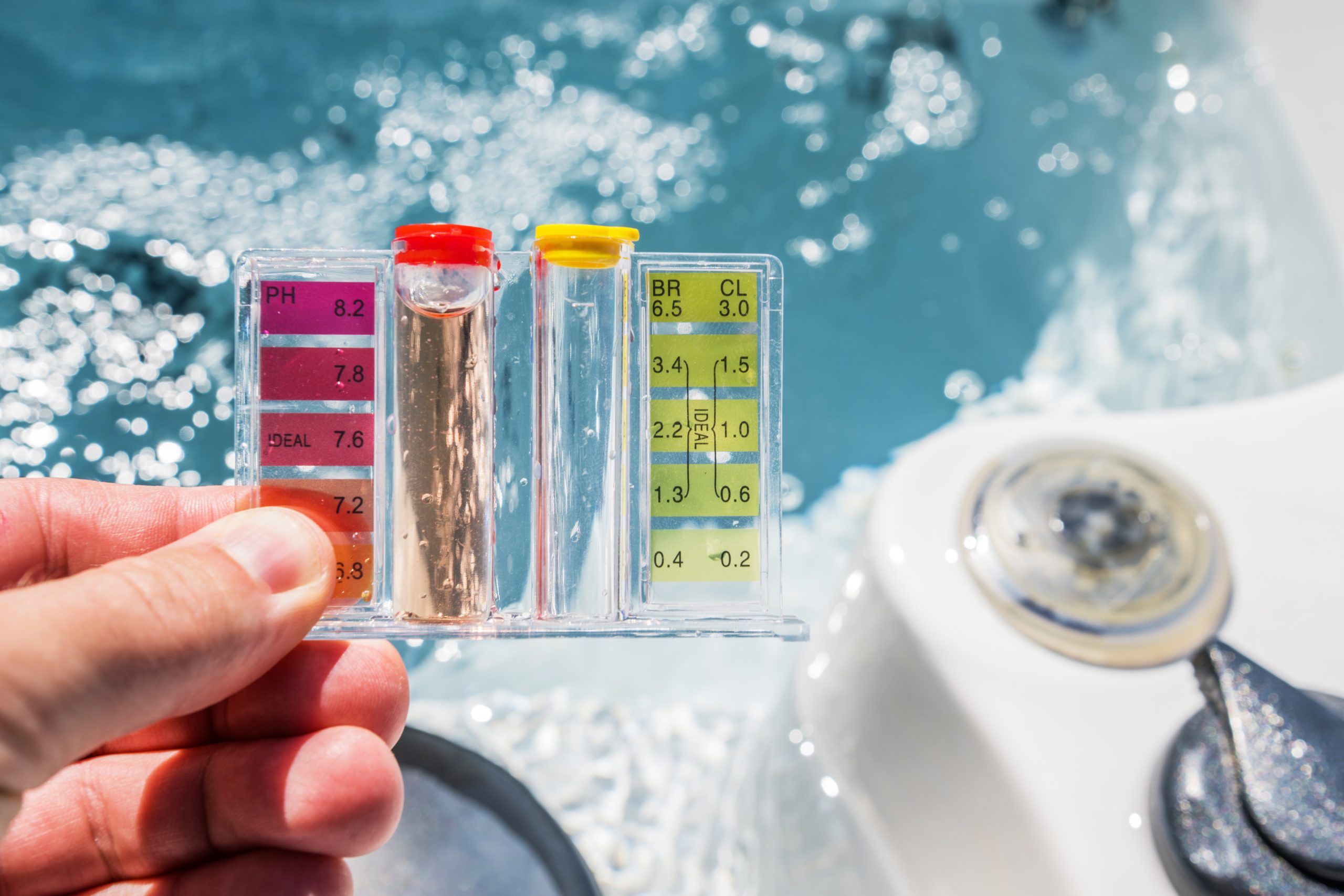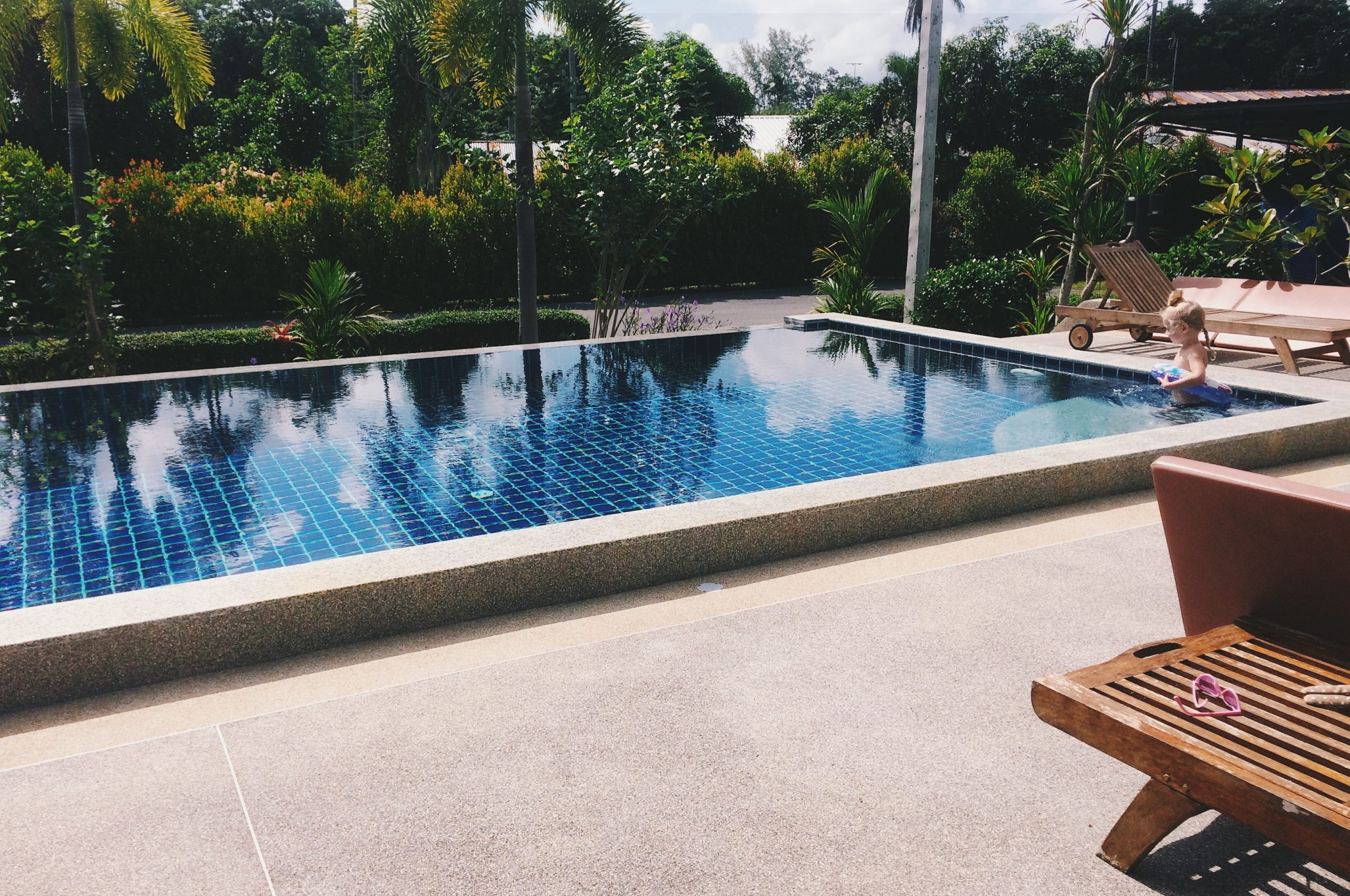With the wonders of the internet, DIY guides, and automation products, pool maintenance has never been easier. But even with these abundant resources, most people aren’t pool cleaning experts.
It’s common for issues to arise from incorrect DIY pool maintenance. If you don’t fully know what you’re doing, it could even lead to expensive repairs. To help you avoid making these costly mistakes, we have put together a list of common pool maintenance mistakes and how to avoid them.
1. Not Having a Pool Maintenance Schedule
When you buy a car, you receive an Owner’s Manual with a maintenance schedule. You should treat your pool the same way. No one wants to deal with costly repairs after the initial installation.
The best way to do this is to create a schedule based on daily, weekly, and monthly duties. It sounds like a lot, but don’t worry! If you own a fiberglass pool—especially an Alaglas fiberglass pool—you’re in luck.
Fiberglass pools require significantly less maintenance than other types of pools. We’ve included some basic maintenance points that are vital to include in your schedule.
Clean regularly!
- Use a net to scoop up leaves, bugs, or any debris that fell into your pool.
- Check the pump baskets.
- Use fiberglass-specific cleaning products on your pool equipment, like the filter tank, circulation pump, and cleaning chemicals.
- Check the filter and pump.
- Clean the surface and pool wall with a sponge or rag and pool cleaner.
Check your water levels
Maintaining the proper water level is critical to maximizing your fiberglass pool’s lifespan. Water levels that are too high or too low can cause malfunctions with the skimmer.
Check and add chemicals
Your pool water must be balanced and regulated for your safety. This may require you to add chemicals each week. We will go more in detail about this soon.
Check the filter system
- As mentioned before, fiberglass pools have it easier! These pools only require the filter to run once a day. Other pools need to be run more often, using a lot more electricity. Running the pool filter ensures your pool water remains clear and clean.
- Calculate the number of hours you should run your pool filter by using this formula:
Pool volume ÷ filtration rate per hour = hours to run
2. Not Measuring Chemical Levels Consistently or Correctly
Although this may seem like a lot of work, it can quickly become part of your pool maintenance routine. With a fiberglass pool, you should test the chemical levels twice a week. Too many or too little chemicals can lead to problems such as bacteria, skin and eye irritation, and clogging pipes or filters.
The main measurements that need to be taken in your pool are pH, alkalinity, and chlorine levels.

What do these measurements mean?
- The pH scale measures basic and acidic properties in water. This scale goes from 0 to 14, with 0 being the most acidic, 14 being the most basic, and 7 being neutral. The pH range for pool water is 7.2-7.6.
- Alkalinity measures how water can prevent pH changes, or neutralize acid. This is measured in parts per million (ppm). The recommended value is 80-120ppm.
- Chlorine is used for water disinfection. This kills bacteria and viruses that may be present. Typical chlorine levels range from 5 and 10ppm.
You should measure the calcium hardness, cyanuric acid, and metals on a monthly basis. The chemical ranges are shown:
- Calcium Hardness – 200 to 400 ppm
- Cyanuric Acid (chlorine stabilizer) – 30 to 60 ppm
- Metals – 0 ppm
Below, we’ve listed step-by-step guides to measuring chemicals using both testing strips and a testing kit.
Testing strips:
- Obtain pool testing strips, whether those be for individual chemicals or multiple.
- Dip each strip in the water.
- Shake off the excess water.
- Read the color on the strip and compare it to the chart on the bottle.
- The chart will determine how much you should add based on the volume of your pool. Measure the volume of your pool using the following formula: Length of the pool x width x depth x the multiplier = total volume in gallons
Note: The multiplier is used for the shape of your pool. Use 7.5 for rectangle, square or free form pools. Use 5.9 for round or oval pools.
Testing kits:
- Collect your pool water sample. It’s best to take samples from at least 18 inches below the surface of the water.
- Fill up the tubes with sample water according to the directions.
- Add the amount of drops of solution for whichever chemical you want to test.
- Put the caps on each bottle and gently mix the solution by turning the bottles upside down.
- Wait a few minutes, and then compare the color of the water to the chart.
- Rinse out the tube and repeat these steps for each measurement.
- After testing, rinse the tester in the sink and let it dry completely before storing in a cool, dry place.
3. Not Maintaining Water Levels
This one doesn’t sound as important, but it can quickly affect the function of your skimmer, resulting in some nasty water. In order to keep your pool running smoothly, keep the water level at about halfway up your skimmer. Below, we’ve explained the effects and solutions to the incorrect amount of water.

1. Too high of water
- If your water is covering the entire skimmer, then the skimmer is unable to suck in all that debris that’s fallen into your pool. This will exhaust your sanitizer and make your water dirty or unsafe.
- The easiest solution to this will be to lower the water levels using either the pool pump valve or drain.
2. Too low of water
- When the water is too low, the skimmer has no water to clean out. This means the skimmer is sucking in air instead, which will wear out your equipment and eventually burn out the motor. This is a very costly piece to fix.
- A great way to track your water is through an automatic swimming pool water leveling device. This device knows when your water level is low and automatically fills it back up.
Purchasing your first fiberglass pool is a fun and exciting time. It’s a big investment, and there’s a lot to learn. When you give it the proper care and attention, it will stay in great condition for you to enjoy for years to come.
If you have more questions about maintaining your fiberglass pool, visit our contact page to fill out a form or call us at (843) 789-9469.

